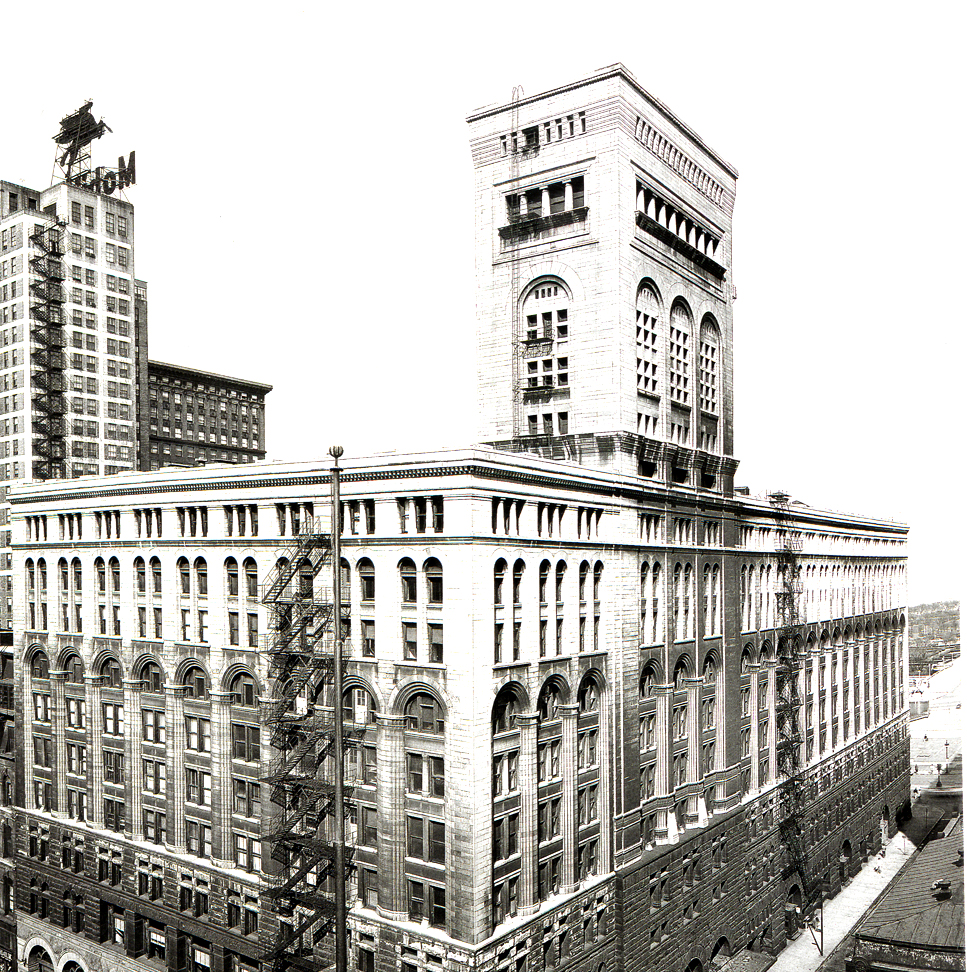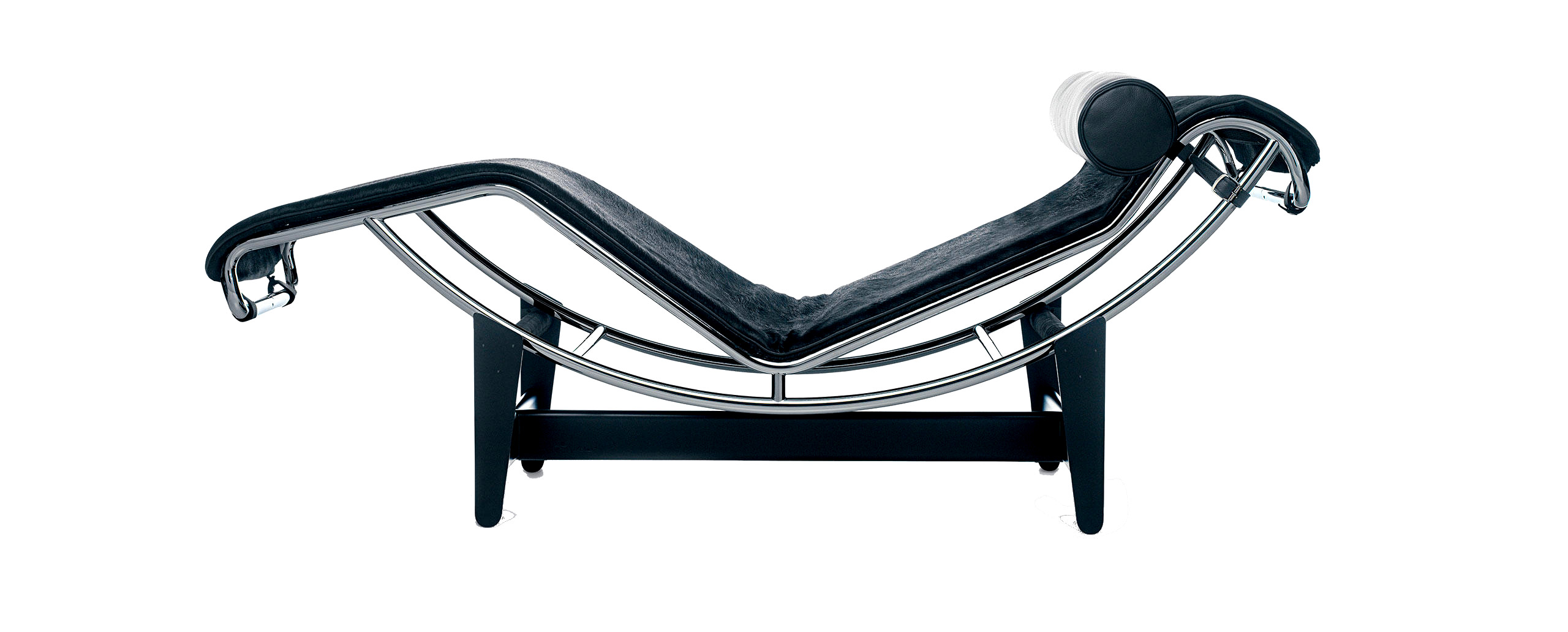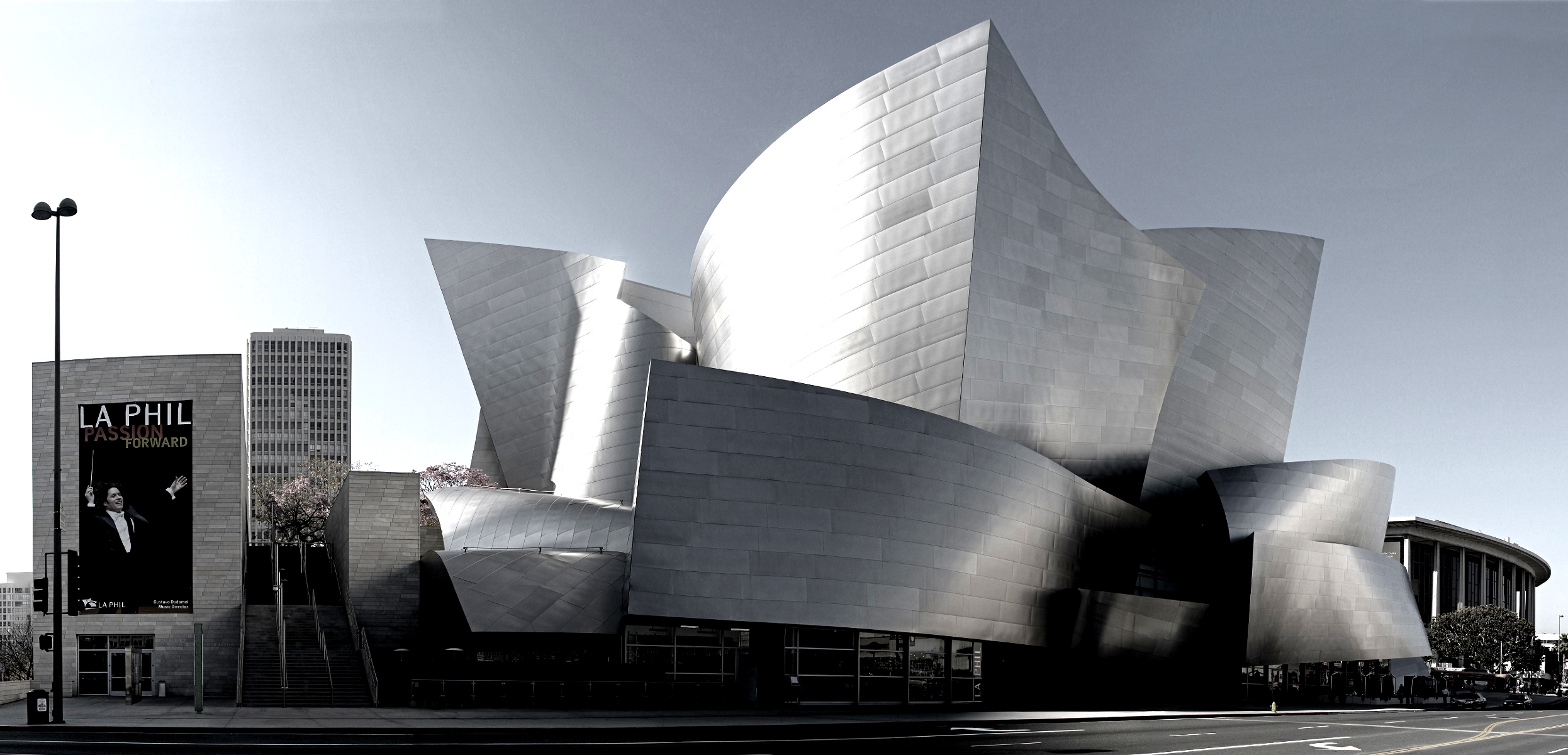Feb 28 2018 (a 10 minutes read)
Against form follows function
This is a cleaned-up, slightly repurposed version of a long rant I wrote on Facebook in December of 2016. That original rant was a reply to a comment my good friend Joe Sokohl wrote in response to another, shorter, rant on Twitter. It all started when I read the millionth tweet on how “form follows function” pop up in some design conversation. I wrote:
Ok let's clear this up: "form follows function" is to design conversations what "women shouldn't vote" is to societal ones #didntgetthememo #20s
What I meant was that to anyone who has some knowledge of where “form follows function” comes from and what it means, bringing it up in design conversations makes one sound like one's saying “women shouldn't vote” in one's thank you speech at a dinner reception hosted by the local equal opportunities movement.
Joe replied on Facebook that “all design aphorisms are bad”. I countered that yes, generally speaking all (design) aphorisms are bad: which means that throwing around an almost 80-year old one as it was current and 80 years of design history never happened it's even worse, right?
Joe said he was “not sure how that phrase obviates design history, and I'm also not sure what the shelf-life of aphorisms is. I suppose that means that firmitas, utilitas, and venustas should have been retired by 40 AD at the latest.”
The reference here is to Roman architect Vitruvius. In his treatise De Architectura, the Ten Books on Architecture (Amazon or Project Gutenberg), Vitruvius outlines the three principles of “good architecture”: firmness, commodity, and delight. Or, in slightly more modern English, sturdiness, usefulness, beauty. In some way or the other, these principles are still currency in most of the design and architectural world.
What follows here is the bulk of my reply, edited for clarity. The lesson here is that sometimes it's probably much better to just leave me alone, muttering “precious” and “Bagginses” to myself.
Sullivan and “form follows function”
“Form follows function” and “firmitas, utilitas, venustas” are two very different things. To begin with, “form follows function” is not an aphorism. The phrase, worded slightly differently, appears in Louis Sullivan's “The Tall Office Building Artistically Considered”, a 6-page contribution to the March 1896 issue of Lippincott's Monthly Magazine. Here's the full quote:
Whether it be the sweeping eagle in his flight, or the open apple-blossom, the toiling work-horse, the blithe swan, the branching oak, the winding stream at its base, the drifting clouds, over all the coursing sun, form ever follows function, and this is the law.
It is a *law*. That statement is repeated twice in two consecutive paragraphs.
Louis Sullivan was at the time at the peak of his career. He and his partner and former employer Adler had seen some of their best designs being built between the end of the 1880s and the mid 1890s, just before the economic depression of 1893 put an end to their partnership. The Auditorium Building was built on South Michigan Avenue in Chicago in 1889; the Wainwright Building in Saint Louis in 1890-91; and their final collaboration, the Prudential Building (now Guaranty Building) in Buffalo, in 1894-96.

Auditorium Building, Chicago. Sullivan & Adler, 1896
While Sullivan might have personally held different and more nuanced views, the Modernist architects that followed him made his “law” into their “truth”: if form follows function, ornament is a crime, the house is a machine, etc etc. As such, the phrase became shorthand for what we consider today an historically well-defined moment in the theory and practice of architecture and design. Take a look at Breuer's chair or at Le Corbusier's chaise longue and you see form that follows function.

Le Corbusier. Chaise longue, 1928
Le Corbusier's chaise longue was designed in 1928: Franklin L. Wright's house at Fallingwater in 1937. By the end of World War II, architectural modernism and its faith in form ever following function had mostly ran its “revolutionary” course. What was still there was either institutionalized, or the individual expression of outliers such as Mies van der Rohe. In the 1950s, the post-war reconstruction effort in Europe sees the neo avant-garde, regionalism, brutalism, structuralism, formalism, and a number of other -isms slowly question its assumptions and erode its position. By the mid 1960s postmodernism has become the main challenger: by the 1970s it is the dominant model. It will stay that way for roughly forty years, producing its own internal variants through even more -isms: neofuturism, deconstructionism, neo-regionalism, supermodernism.
And all of them rejecting “form follows function” for a reason: sixty years and two world wars after Sullivan's original formulation, Sullivan's law was already a relic from another world, one where industrialization and urbanization where the primary drivers, and one where the primacy of Western civilization was taken for granted. Now here instead was a world which had seen the USA give birth to the Civil Rights movement, enter the Vietnam War, go to the Moon. Europe transform under the post-war reconstruction and aflame with the protests of 1968, and much of the world find a different balance.
From Archigram to Memphis, from Venturi to Gehry, from Starck to Liebeskind, form *does not* follow function.

F. Gehry. Walt Disney Concert Hall, 2003
Firmitas, Utilitas, Venustas
Vitruvius, Marcus Pollio, writing some 1900 odd years before Sullivan, enumerates the three characteristics he considers necessary for good architecture. All of his ten books are a detailed elaboration of what these characteristics mean in the concrete day-to-day toiling of the Roman architect, but the sentence we usually quote is found in his Liber primus, the First Book. Here's the Latin original:
Haec autem ita fieri debent ut habeatur ratio firmitatis utilitatis venustatis. firmitatis erit habita ratio, cum fuerit fundamentorum ad solidum depressio et quaque e materia copiaram sine avaritia diligens electio, utilitatis autem, cum emendata et sine inpeditione usus locorum dispositio et ad regiones sui cuiusque generis apta et commoda distributio, venustatis vero cum fuerit operis species grata et elegans membrorumque commensus iustas habeat symmetriarum ratiocinationes.
In the translation of M. H. Morgan, it becomes:
All these must be built with due reference to durability, convenience, and beauty. Durability will be assured when foundations are carried down to the solid ground and materials wisely and liberally selected; convenience, when the arrangement of the apartments is faultless and presents no hindrance to use, and when each class of building is assigned to its suitable and appropriate exposure; and beauty, when the appearance of the work is pleasing and in good taste, and when its members are in due proportion according to correct principles of symmetry.
If we take the references to foundations and apartments to be what they are, concrete examples of what an architect was supposed to produce at the time, we immediately realize that durability, convenience and beauty are really not defined at all. How is an apartment arranged faultlessly? When is the appearance of some work pleasing? These are by and large socially and culturally determined: Vitruvius does not give us “laws”. Our current understanding of usefulness does not include necessarily any balnea for public spaces, and our idea of beauty might or might not lean towards the robust cubic spaces of Roman architecture. And while we could argue that durability, whether materials are wisely selected, is probably the more prescriptive principle, it is easy to see that is not really the case: from bricks to concrete, from concrete to glass and steel, from wood and stone to sustainable materials, what is “wisely selected” is constantly redefined.
This changes things: firmitas, utilitas and venustas do not abstractly dictate whether Sottsass' Carlton bookshelf is good or bad. Is it useful? Is it sturdy? Is it beautiful? These were, are, and always will be open questions.

E. Sottsass. Carlton bookcase, 1981
Does its form follows function, on the other hand, is a question that can be easily answered. And it's a resounding no, it doesn't. It's not meant to. It refuses to.
Digital has not made this any simpler either, but that is another conversation entirely. While I expect critique to address these questions in the coming years, reflections on what kind of continuity or discontinuity exists between “architecture” and "design" and "digital design” have yet to mature and become mainstream.
Still, even considering how digital design has mostly lived its own separate life in a techno-business bubble of its own making for these past thirty years, the casual use of “form follows function” in the 2010s hurts.
I cannot get past the fact that any *designer* who throws that phrase around matter-of-factly, as in “of course form follows function”, comes out as a complete ignoramus. An ignoramus who's not just repeating an 1896 “law” without any clues as to what it means but who also, most poignantly, demonstrates to possess no knowledge of what has happened in design and architecture since Sullivan and Adler contributed to inventing the high rise building and, by extension, much of the world we live in.
There's postmodernist irony, and there's plain ignorance.
Stop using that phrase
In that conversation on Facebook, Joe, always gracious, commented he liked some of my ramblings. He said he still “disagree(d) somewhat with some of (my) premises”, but he “love(d) the reasoning”. He also added that he'd “stand by the premise that gratuitous design is bad for non-art projects.”
I don't think singling out “form follows function” means embracing “gratuitous” design. What has been posited as the great fallacy of Modern is the unwavering faith in *one* true way to design: embracing diversity and rejecting consolidated hierarchies has been at the core of Postmodern and is at the root of whatever we're getting in its place now. The world we live in today is a result of this shift. In no way would current conversations on gender, expertise, or postcolonialism find a place in a world where form follows function: a segregated, gendered Western world which had no concept of, say, climate change, globalization, or LGBTQ rights.
And there is no picking and choosing here: it either is the real thing, or it isn't. If we change it, it's not “form follows function” anymore, but something different, a reinterpretation. And whatever reinterpretation of Le Corbusier might be suggested, my answer is: see Postmodern. Been there, done that. And stop using that phrase.
We can and should of course discuss “form follows function” in historical terms, as we discuss Romanticism or Gothic. But any practitioner or academic who is not aware, in their professional capacity, that “form follows function” is a historical phrase that cannot be dropped casually in design conversations as if it were the next cool thing, is at best guilty of being uninformed and naive. And those are two words I personally have a hard time reconciling with “in their professional capacity”.
Postscript
Of course there might be a kinder explanation: we might be in the presence of genius. Someone who has seen something we fail to see. I so wish this were the case. But then, I guess I'd love them to explain to the rest of us why we should treat "form follows function" and not "ornament is crime" as a truism, because very clearly flat design does not seem to be in such high praise within the digital design community. Even more, how do they reinterpret "form follows function" after the thorough rebuttal it received (both in the practice of architecture and design and academically) in the 60s, 70s, and 80s would be worth the wait. In case, drop me a line.
